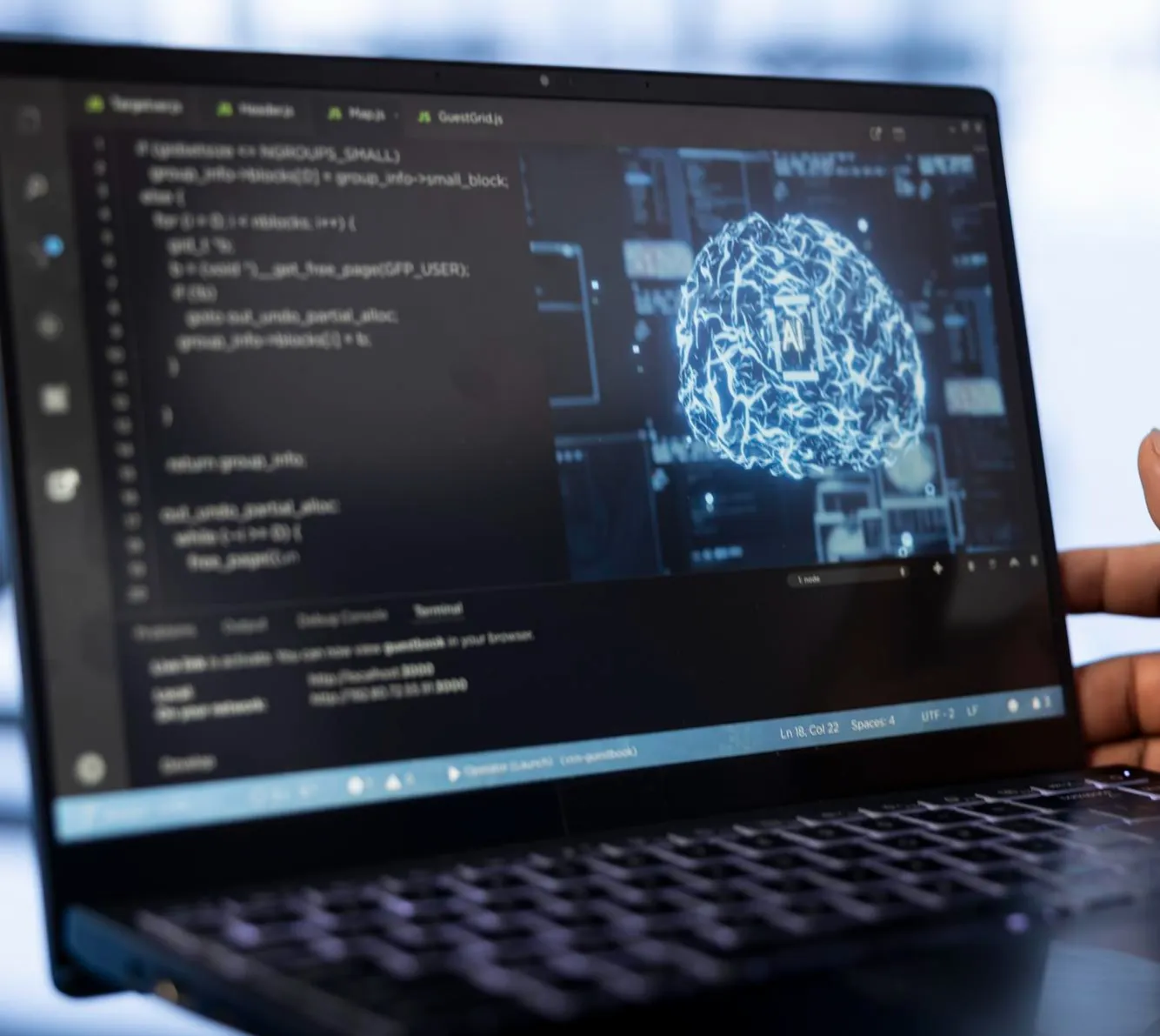As 2024 comes to a close, it’s easy to get swept up in the obvious AI narratives (Agents! AGI!). But sometimes, the most valuable information is what’s flying under the radar. Here are three critical but less-discussed trends that could shape the AI landscape next year:
Scaling Test-Time Compute Rewrites the Rules
While the generative AI revolution has largely been driven by bigger models and more training data, new innovations like OpenAI’s o1 model point to a different path1. Similar to how humans typically do better on a problem the more time we have to think about it, increasing the time AI models spend “thinking” (known as test-time or inference-time compute) can also improve their results.
The obvious impact is that this will likely extend the timeline of AI advancements. But the second-order effects could be equally transformative, rewriting the rules of the AI market to create new winners and losers.
For example, does test-time compute create an opportunity for alternative AI chips (e.g. Groq), or model architectures (e.g. RWKV, state space models) that excel at inference? Is it easier to distribute test-time compute than training compute (e.g. is the inference equivalent of DiLoCo/DisTrO easier)? How can investment in training be cost shifted to inference? How does the pricing and ROI of AI change when the COGS can flex with the difficulty of the task rather than the number of tokens?
Hard to make predictions here but get out your popcorn because it will be fascinating to watch.
API: Artificial Personalized Intelligence
One of the most delicate trades we’ll make with AI is handing over personal data for highly targeted personalization. I’ve been (mostly pleasantly) surprised when ChatGPT’s memory feature remembers important personal details to customize its responses (gift suggestions is a fresh example from the recent holiday season). This also creates a “virtuous cycle” (or lock-in, depending on your perspective), encouraging users to share more details to get better responses..
But this is only the tip of the iceberg. Imagine an AI career coach that’s tuned to your work style, guiding you toward promotions and professional growth with in-the-moment suggestions. Or an AI fitness coach that monitors your activity, eating habits, and medical history to create highly customized workouts, meals, and real-time fitness tips. Or a personalized AI tutor that adapts to your learning style and provides resources that work with how you learn best.
No surprise then that Sam Altman has observed that the long-term winner in the AI model race will not necessarily be the smartest model but the one most personal to you:
While Agents and AGI (Artificial General Intelligence) will require technical leaps, “API” (Artificial Personalized Intelligence), i.e. a deeply tailored experience unique to every user, is technologically just around the corner. The hard part will be the legitimate concerns about privacy, trust, and data ownership. While some early efforts like the Friend AI necklace and Bee wearable have explored this space, it will be worth watching in the year ahead how much privacy we will trade for better personalization. Since the unlock here isn’t technical, it’s ripe for good ux/product to break out.
The AI Backlash
An anti-AI backlash is brewing, but it seems missing from most 2025 AI predictions. It’s easy to dismiss this as not a “technology” prediction but technologists ignore it at our own peril. It will affect everything from AI product adoption to AI regulation.
The BlueSky AI dataset controversy, where a researcher faced severe backlash for cataloging public data, and the “Sora Leak” incident, where beta testers deliberately exposed OpenAI’s video model API keys in protest, are two recent events that underscore this growing tension.
A segment of the public is experiencing AI as a thing happening to them and not the revolution they can be a part of. While I’m hopeful that AI education and tools will empower people, legitimate concerns remain (e.g. job displacement). Unless we as a society can get ahead of this, unfortunately expect more sabots being thrown into the AI machinery. Don’t overlook this angle when planning your next AI rollout.
- While o1 is the most widely known innovation and successful model in this vein, other research such as pause tokens and prompting methods like chain-of-thought and monte carlo tree search also were indicative of this path.
- It’s worth noting that the tech sector was already walking on eggshells years before the ChatGPT moment. By the turn of the decade, “Big Tech” had squeezed oil and gas as the companies that influenced our daily lives with the highest market capitalizations. This success begat greater scrutiny. For example, 2020 was the first year technology analyst Benedict Evans discussed regulation in his famed annual reports on the industry. He even dedicated a whole section to it titled “The Next Big Thing? Regulation and policy.”, a prescient statement considering the EU’s AI act was proposed a year later.





